Find Help
More Items From Ergsy search
-

Mechanical Lower Back Pain
Relevance: 100%
-

MSK Lower Back Pain information video
Relevance: 92%
-

Useful information for patients with lower back pain
Relevance: 91%
-

Useful information for patients with lower back pain
Relevance: 91%
-

How do chiropractors treat back pain?
Relevance: 65%
-

How to treat back pain | NHS
Relevance: 61%
-
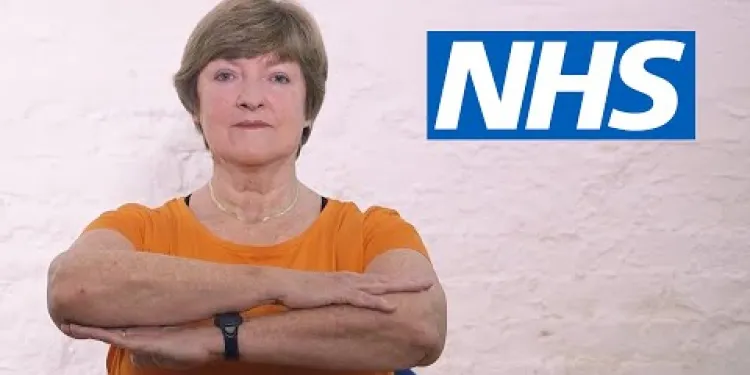
Pilates for back pain: Seated waist twist | NHS
Relevance: 58%
-
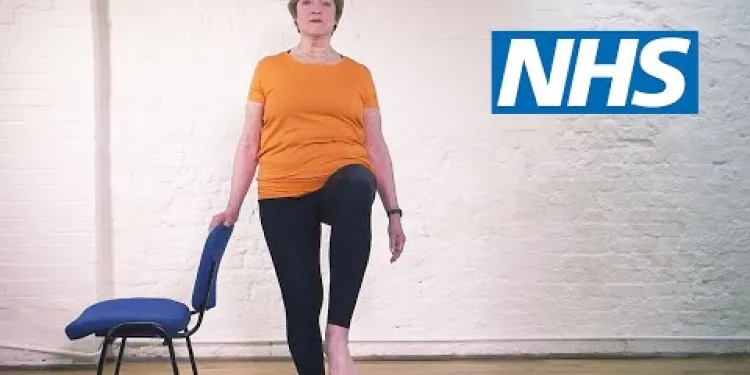
Pilates for back pain: Standing on one leg | NHS
Relevance: 57%
-
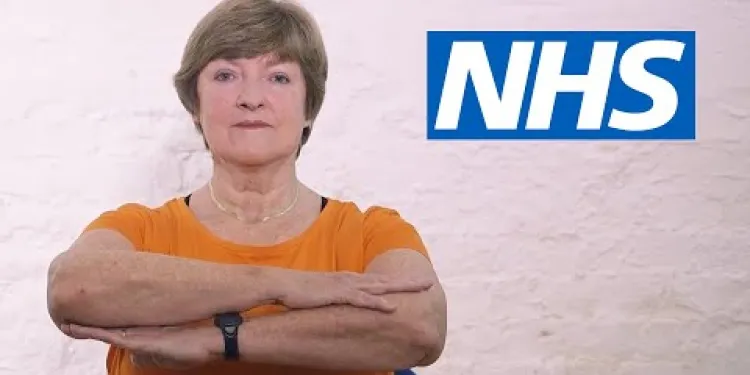
Pilates for back pain: Seated waist twist | NHS
Relevance: 55%
-

Back stretches | NHS
Relevance: 53%
-

Evidence-Based Interventions: injections for non-specific low back pain without sciatica
Relevance: 50%
-
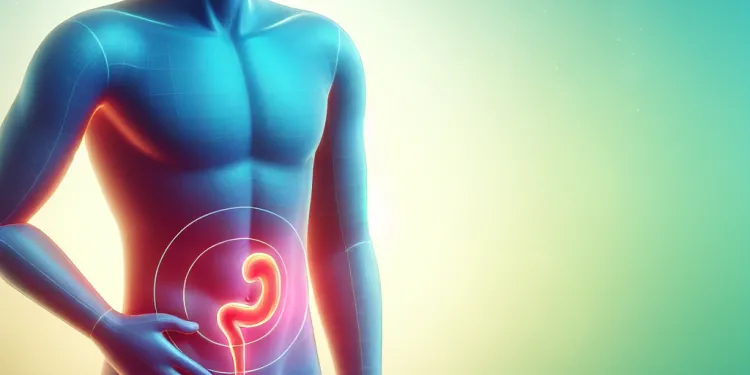
Where is the pain located when you have appendicitis?
Relevance: 40%
-
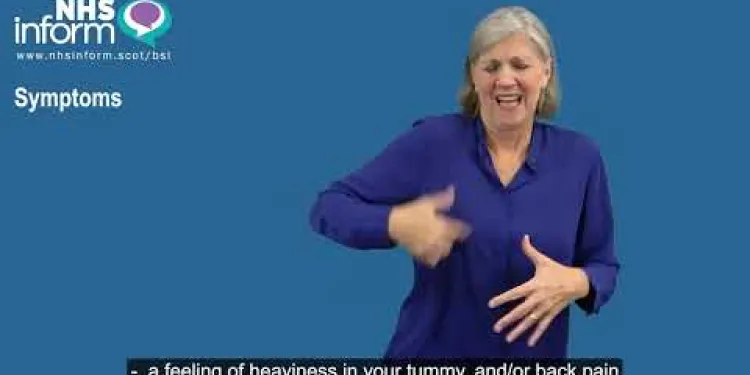
Period pain (dysmenorrhoea) - BSL
Relevance: 39%
-

Should I avoid lying on my back during exercise?
Relevance: 37%
-
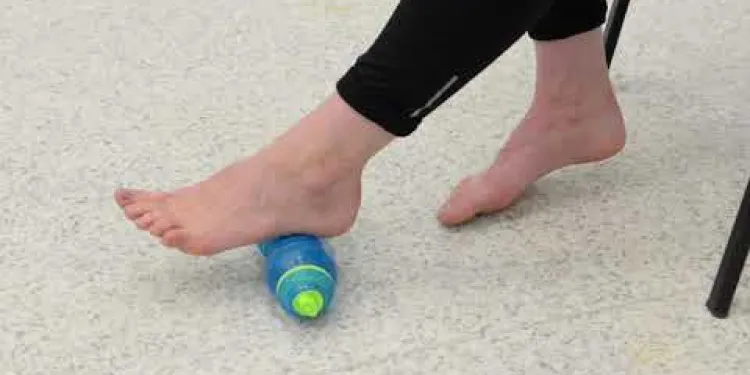
Foot Pain
Relevance: 35%
-
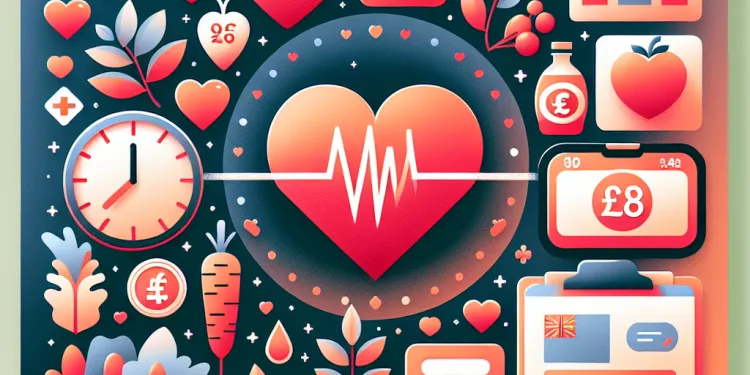
What lifestyle changes can lower blood pressure?
Relevance: 35%
-
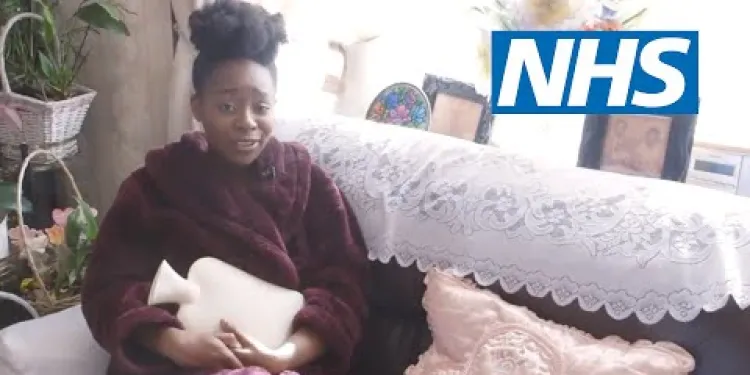
How to deal with period pain | NHS
Relevance: 34%
-
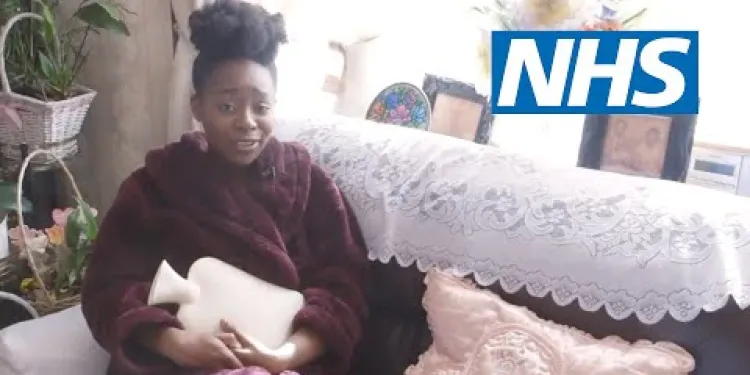
How to deal with period pain | NHS
Relevance: 33%
-
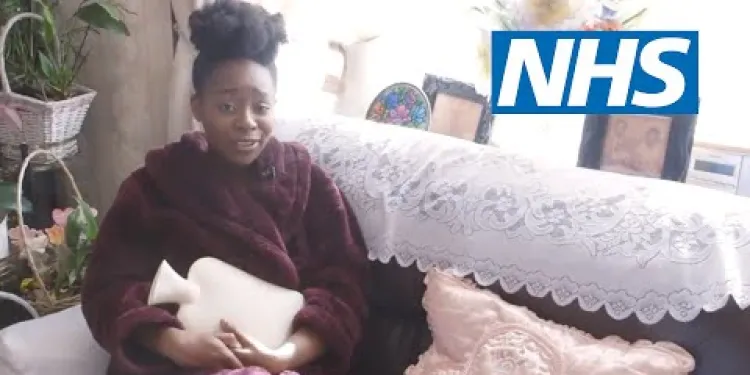
How to deal with period pain | NHS
Relevance: 33%
-
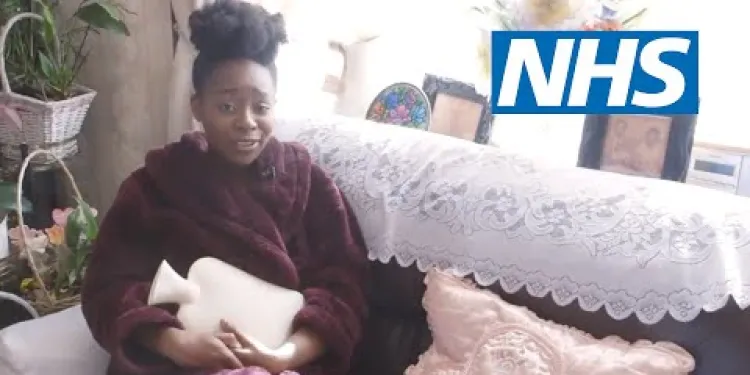
How to deal with period pain | NHS
Relevance: 32%
-
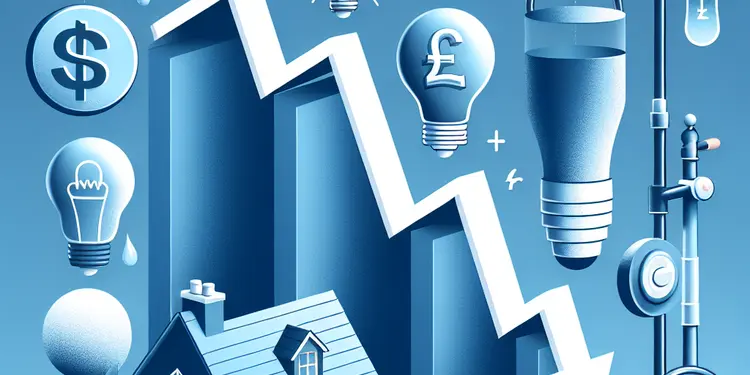
How can I lower my monthly utility bills?
Relevance: 32%
-
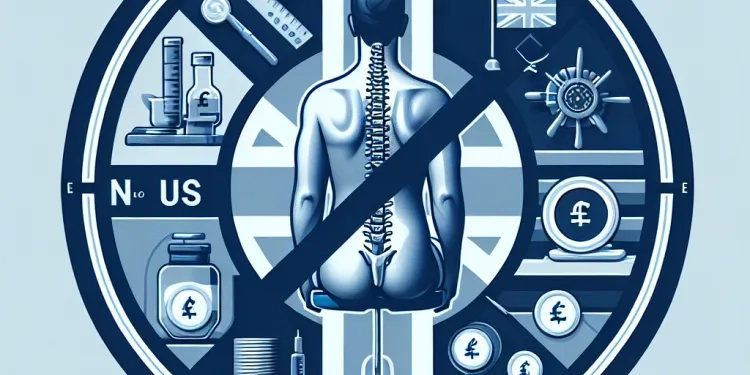
Are chiropractic treatments painful?
Relevance: 32%
-
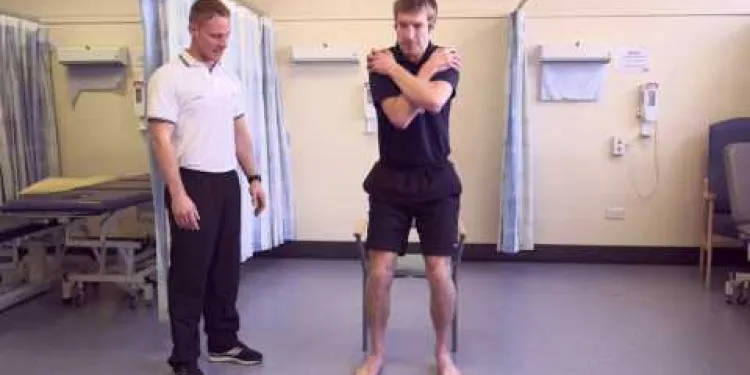
Exercises to help your lateral hip pain
Relevance: 32%
-

Are there any fees to claim money back?
Relevance: 32%
-

Can lifestyle changes help manage pain and fever during pregnancy?
Relevance: 31%
-
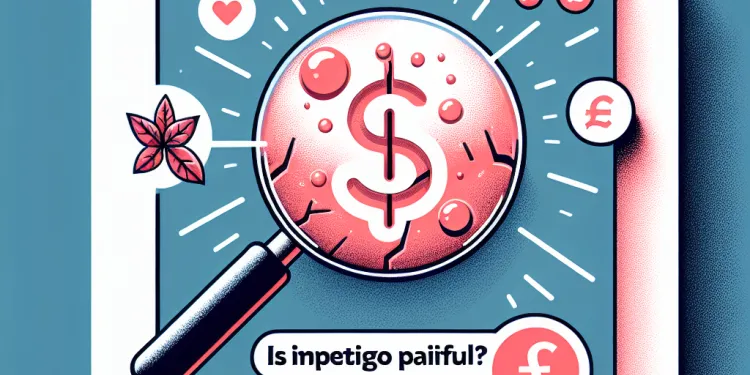
Is impetigo painful?
Relevance: 31%
-
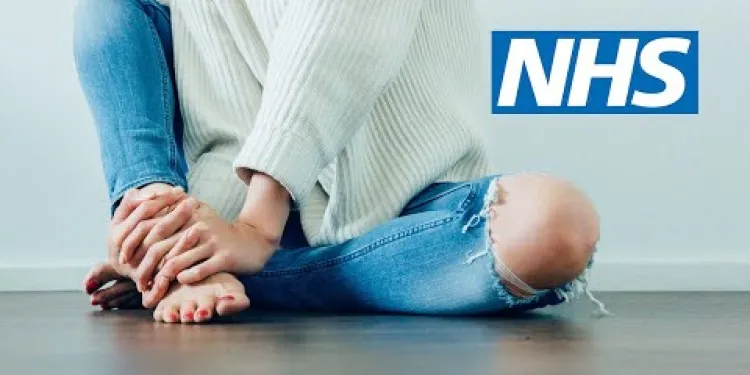
Heel pain | NHS
Relevance: 31%
-

Is a facelift painful?
Relevance: 30%
-

Is a mammogram painful?
Relevance: 30%
-

How do NSAIDs work to reduce pain?
Relevance: 30%
-
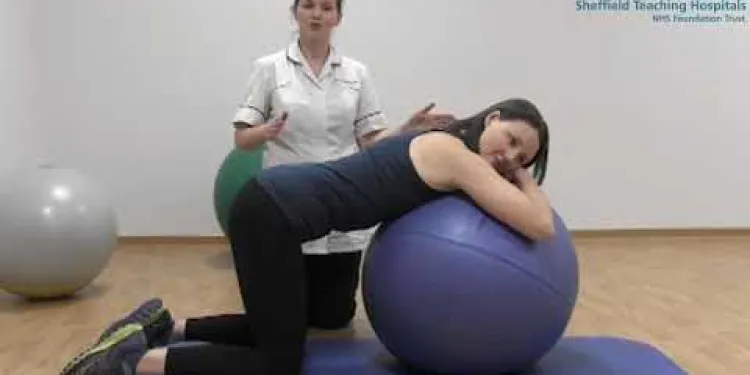
Mat and gym ball exercises with pregnancy related Pelvic Girdle Pain
Relevance: 30%
-
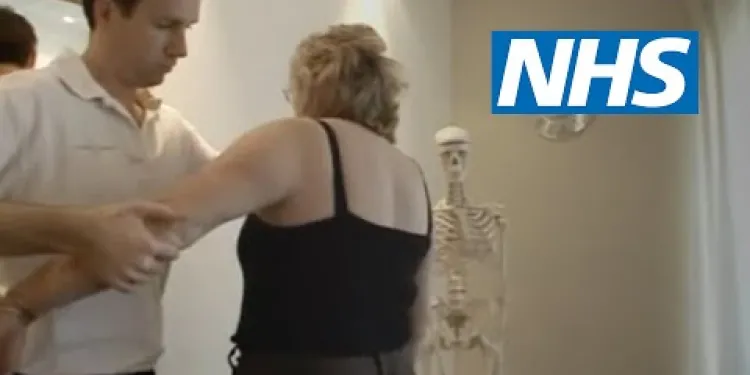
Shoulder pain | NHS
Relevance: 29%
-

Do online banks have lower fees than traditional banks?
Relevance: 29%
-
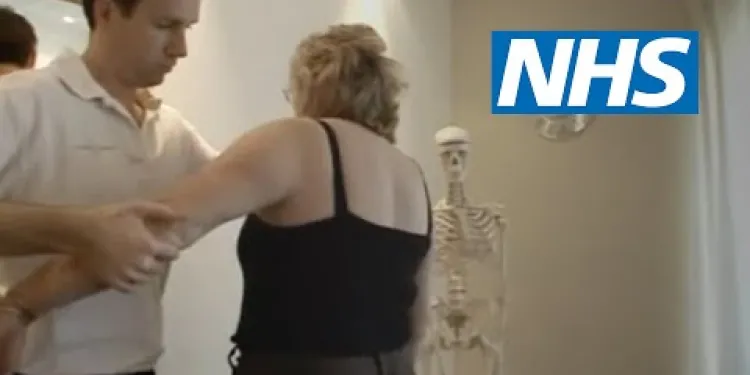
Shoulder pain | NHS
Relevance: 29%
-
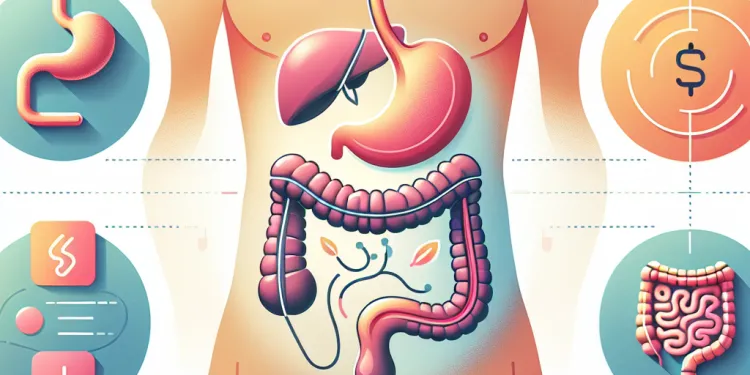
How is appendicitis different from other causes of abdominal pain?
Relevance: 29%
-

What lifestyle changes can help lower the risk of bowel cancer?
Relevance: 28%
-
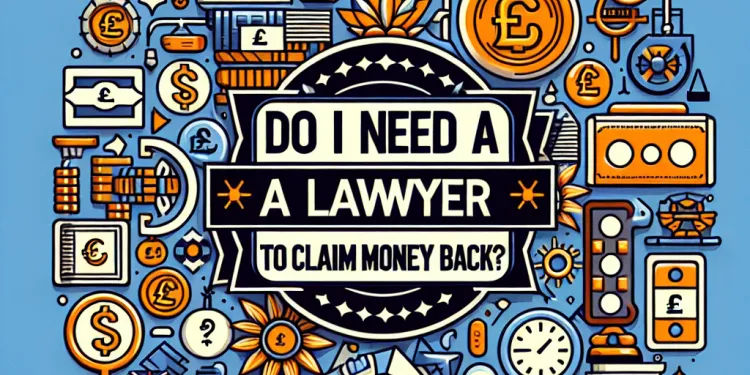
Do I need a lawyer to claim money back?
Relevance: 28%
-
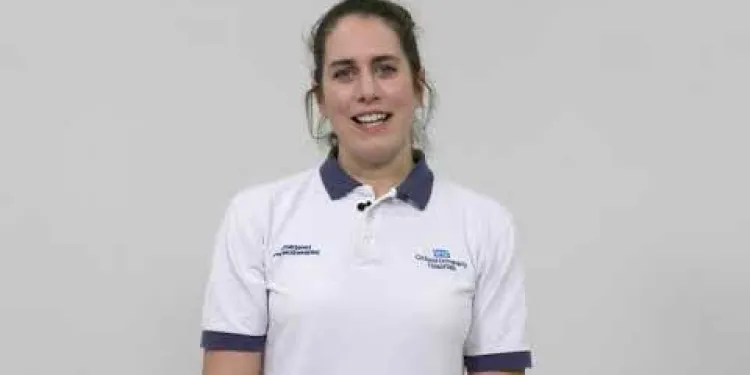
Pelvic Girdle Pain Advice Class
Relevance: 28%
-

Will I feel pain during the procedure?
Relevance: 27%
-

Advice on neck pain and whiplash
Relevance: 27%
Useful Information for Patients with Lower Back Pain
Understanding Lower Back Pain
Lower back pain is a common issue affecting many individuals, often causing discomfort and limiting daily activities. It can result from various causes such as poor posture, muscle strain, or underlying medical conditions. In the United Kingdom, it's estimated that up to 80% of adults will experience lower back pain at some point in their lives.
Consulting Healthcare Providers
If you experience lower back pain, it is crucial to seek advice from healthcare providers like your GP, physiotherapist, or a specialist. They can provide an accurate diagnosis and recommend a treatment plan tailored to your needs. The NHS provides a range of services and resources to assist patients with lower back pain.
Exercise and Physical Activity
Engaging in regular, gentle exercise can be beneficial. Activities such as walking, swimming, and yoga can improve flexibility and strengthen the muscles that support the spine. The NHS recommends at least 150 minutes of moderate aerobic activity each week, along with muscle-strengthening activities on two or more days a week.
Pain Management Techniques
Over-the-counter pain relief medications such as ibuprofen or paracetamol can help manage pain. Applying heat or cold packs, practicing mindfulness, and engaging in relaxation techniques can also provide relief. It is essential to follow your healthcare provider's recommendations regarding medication use and lifestyle modifications.
Posture and Ergonomics
Maintaining good posture and ensuring ergonomic support, especially while sitting or working, is crucial. Use chairs that support the natural curve of the spine and avoid slumping or hunching over. Taking regular breaks to stand, stretch, and move around can also help alleviate discomfort.
When to Seek Urgent Help
While most lower back pain isn't severe, it is important to seek urgent medical help if you experience symptoms such as severe pain, weakness, numbness, or loss of bowel or bladder control. These could indicate more serious conditions that require immediate attention.
Information for People with Lower Back Pain
What is Lower Back Pain?
Lower back pain is when your lower back hurts. Many people have it. It can make moving hard. It can happen because you sit or stand badly, lift something heavy, or have a health problem. In the UK, 8 out of 10 people will have back pain at some time.
Seeing a Doctor
If your back hurts, you should talk to a doctor. This can be your GP, a physiotherapist, or a back pain expert. They can find out why your back hurts and tell you how to make it better. The NHS has doctors and services that can help you.
Exercise
Doing gentle exercise is good. Walking, swimming, and yoga can help. They make you move better and make your back stronger. The NHS says you should try to exercise for 150 minutes every week and also do exercises to make your muscles strong on 2 or more days a week.
Ways to Help Pain
You can take medicine from shops like ibuprofen or paracetamol to help pain. Using hot or cold packs can help too. Relaxing, deep breathing, and mindfulness are good ideas. Follow what your doctor tells you about medicine and changes to your life.
Sitting and Working Right
Sit or work in a way that is good for your back. Use chairs that keep your back’s natural shape. Do not slump or bend too much. Take breaks to stand up, stretch, and move around.
When to Get Help Fast
Most back pain is not serious. But, go see a doctor quickly if you have very bad pain, can't move well, feel numb, or can't control your pee or poop. These could be signs of a serious problem that needs help now.
Frequently Asked Questions
What are common causes of lower back pain?
Common causes of lower back pain include muscle strain, herniated discs, poor posture, arthritis, and degenerative disc disease.
When should I see a doctor for lower back pain?
You should see a doctor if your lower back pain persists for more than a few weeks, is severe, or is accompanied by other symptoms like numbness, weakness, or fever.
Can exercise help with lower back pain?
Yes, regular exercise, especially activities that strengthen the muscles around your spine, can help alleviate lower back pain and prevent future problems.
Is it safe to use a hot or cold compress for lower back pain?
Yes, using a cold compress for the first 48 hours can reduce inflammation, followed by a hot compress to relax muscles and improve blood flow.
What over-the-counter medications can I take for lower back pain?
Over-the-counter medications such as ibuprofen or paracetamol can help relieve lower back pain. Always follow the instructions and consult your GP if you have any concerns.
Does poor posture contribute to lower back pain?
Yes, poor posture can strain your lower back muscles and spine, contributing to pain. It's important to maintain good posture, especially if you sit for long periods.
How does stress affect lower back pain?
Stress can cause muscle tension, leading to or worsening lower back pain. Managing stress through relaxation techniques, exercise, and adequate rest can help.
Can a poor mattress cause lower back pain?
Yes, an unsupportive mattress can exacerbate or even cause lower back pain. It is recommended to use a medium-firm mattress to maintain spinal alignment.
Are there any specific exercises to avoid with lower back pain?
Avoid high-impact activities like running and heavy lifting. Instead, focus on low-impact exercises such as swimming, walking, and gentle stretching.
What role does diet play in managing lower back pain?
A healthy diet that reduces inflammation and maintains a healthy weight can help manage lower back pain. Foods rich in omega-3 fatty acids, antioxidants, and fibre are beneficial.
Is physical therapy helpful for lower back pain?
Yes, physical therapy can provide targeted exercises and techniques to strengthen the back and alleviate pain, often preventing the need for more invasive treatments.
How can I prevent lower back pain?
To prevent lower back pain, maintain an active lifestyle with regular exercise, use proper lifting techniques, maintain good posture, and ensure ergonomic workspace setup.
Can lower back pain be a sign of a more serious condition?
In some cases, lower back pain can indicate a more serious condition like spinal stenosis or infection. If you experience severe pain, numbness, or bladder issues, seek medical attention promptly.
How important is weight management for lower back pain?
Maintaining a healthy weight is crucial, as excess weight can strain the lower back, leading to pain. A balanced diet and regular exercise can help manage weight.
Are alternative therapies effective for lower back pain?
Some people find relief from lower back pain through alternative therapies such as chiropractic care, acupuncture, and massage therapy. Always consult with a healthcare provider before starting any alternative treatments.
What makes your lower back hurt?
Lower back pain can happen because of different things. Here are some common reasons:
- Muscles can get hurt or stretched. This is called a muscle strain.
- Sometimes the soft discs in your back can slip out of place. This is known as a herniated disc.
- Sitting or standing in a bad way can make your back hurt. This is called poor posture.
- As we get older, our joints can get swollen and sore. This is called arthritis.
- The discs in our back can get worn out over time. This is called degenerative disc disease.
When should I go to the doctor for lower back pain?
Do you have a hurting back? Sometimes, you need to see a doctor. Here is when you should go:
- If the pain doesn't stop after a few days.
- If the pain is very strong.
- If you have a fever or feel sick.
- If your legs feel weak or numb.
Ask someone to help you make a doctor's appointment. You can also use a calendar to remember your appointment.
If your lower back hurts for more than a few weeks, you should see a doctor. If the pain is very bad or you have other problems like tingling, feeling weak, or feeling hot, see a doctor.
Can moving your body help with back pain?
Sometimes your lower back can hurt. Moving your body, like stretching or walking, might help you feel better.
If you have back pain, talk to a doctor or a helper. They can help you find safe ways to move.
You can also try using soft mats or pillows to support your back when you move.
Yes, doing exercises often can help make your back feel better. It is good to do activities that make the muscles around your back strong. This can stop back pain and help your back in the future.
You might find it helpful to use videos or pictures to see how to do the exercises. You can also ask a family member or friend to do the exercises with you. It can be fun and safe to exercise together.
Can I use a hot or cold pack on my lower back pain?
If your back hurts, you can use a pack that is hot or cold to help feel better.
Here is what you can try:
- A hot pack can relax your muscles. It can feel good on your back.
- A cold pack can help if your back is swollen or sore. It can make the hurting go away.
Ask an adult to help you if you are not sure what to do.
Yes, you can use a cold pack for the first 2 days. This helps to stop swelling. After that, use a hot pack. It can help your muscles feel better and help your blood move.
What medicines can I buy to help with lower back pain?
If your lower back hurts, you can buy some medicines at the store to help.
- Painkillers: Medicines like ibuprofen or paracetamol can make you feel better.
- Muscle Rubs: Rubs or creams can be put on the skin to help with pain.
If you're not sure what to take, ask a pharmacist or doctor for help. They can tell you what might work best for you.
If your lower back hurts, you can take medicine like ibuprofen or paracetamol. You don't need a doctor's note to buy these. Make sure to read the label and do what it says. If you’re worried or unsure, talk to your doctor.
Can bad posture cause back pain?
Yes, sitting or standing in a bad way can make your back hurt. It can hurt your back muscles and spine. It's important to sit up straight, especially when you sit for a long time.
How does feeling worried or stressed make your back hurt?
Feeling stressed can make your muscles tight. This can hurt your lower back or make back pain worse. To feel better, try to relax, do some exercise, and get enough rest.
Can a bad mattress make your lower back hurt?
Yes, a bad mattress can make your lower back hurt or even start hurting. It is best to use a medium-firm mattress to keep your back straight.
Which exercises should I not do if my lower back hurts?
If your lower back hurts, there are some exercises you should not do because they might make it worse.
Here are some tips to help your back:
- Avoid lifting heavy things.
- Don't do exercises that bend or twist your back a lot.
- Be careful with sit-ups and toe touches.
Talk to a doctor or a physiotherapist. They can help you find exercises that are safe for your back. You can also try gentle stretching or walking. These can be good for your back.
Do not do hard exercises like running or lifting heavy things. Instead, try exercises that are easier on your body, like swimming, walking, and gentle stretching. These are better for you if you want to be careful.
How can what we eat help with back pain?
Eating healthy food can help make your back feel better.
Here are some tips:
- Eat lots of fruits and vegetables.
- Choose whole grains like brown bread and rice.
- Drink plenty of water.
- Try not to eat too much junk food or sugary drinks.
If you're not sure what to eat, ask a grown-up or a doctor for help.
Eating healthy food can help with back pain. It can also help you stay at a good weight. Eating foods with omega-3s, antioxidants, and fibre is good for you.
Can physical therapy help with lower back pain?
Sometimes people have pain in their lower back. This can hurt a lot. You might wonder if physical therapy can help.
What is physical therapy?
Physical therapy is a way to help your body feel better. You work with a special helper called a physical therapist. They show you exercises to make your body stronger and reduce pain.
How can it help lower back pain?
Physical therapy can help your lower back by:
- Showing you exercises that can make your back stronger
- Helping you learn how to move safely
- Making your back hurt less over time
What else can help?
In addition to physical therapy, try these tips to help your lower back feel better:
- Resting when your back hurts
- Using a warm or cold pack on your back
- Asking a grown-up to help you with heavy things
If you have lower back pain, talk to your doctor about physical therapy. They can tell you if it is a good choice for you.
Yes, physical therapy can help make your back stronger. It can also help you feel less pain. Sometimes, this means you don’t need to have other treatments that might be more serious.
How can I stop back pain?
To stop back pain, stay active and exercise often. Lift things correctly. Sit and stand up straight. Make sure your desk and chair are set up in a comfortable way.
Can pain in my lower back mean something more serious?
Sometimes, having pain in your lower back might mean there is a bigger problem with your health. It's important to pay attention to how you feel.
If the pain is very bad or doesn't go away, you should talk to a doctor. They can help find out what is wrong.
To help you understand better, you can use helpful tools like:
- Pictures or drawings
- Talking to someone about what the doctor said
- Asking lots of questions
Sometimes, bad pain in your lower back can mean there is a serious problem. It could be something like a narrow spine or an infection. If you feel very bad pain, if parts of your body go numb, or if you have trouble going to the bathroom, you should see a doctor quickly.
Why is keeping a healthy weight important for back pain?
Keeping a healthy weight is important. If you weigh too much, it can hurt your back. Eating good food and moving your body can help you stay healthy.
Do different treatments help with back pain?
Back pain can hurt a lot. Some people try different ways to feel better. These are called "alternative therapies."
Do these different treatments work? Let's find out!
Some people think they help. Others are not sure. It's important to talk to your doctor.
Tools that can help:
- Pictures and Videos: Seeing things can help understand better.
- Ask Questions: Always ask if you don't understand something.
Some people feel better from back pain by trying different treatments like seeing a chiropractor, doing acupuncture, or getting a massage. Always talk to a doctor before trying these new treatments.
Useful Links
- Ergsy carfully checks the information in the videos we provide here.
- Videos shown by Youtube after a video has completed, have NOT been reviewed by ERGSY.
- To view, click the arrow in centre of video.
- Most of the videos you find here will have subtitles and/or closed captions available.
- You may need to turn these on, and choose your preferred language.
- Go to the video you'd like to watch.
- If closed captions (CC) are available, settings will be visible on the bottom right of the video player.
- To turn on Captions, click settings .
- To turn off Captions, click settings again.
More Items From Ergsy search
-

Mechanical Lower Back Pain
Relevance: 100%
-

MSK Lower Back Pain information video
Relevance: 92%
-

Useful information for patients with lower back pain
Relevance: 91%
-

Useful information for patients with lower back pain
Relevance: 91%
-

How do chiropractors treat back pain?
Relevance: 65%
-

How to treat back pain | NHS
Relevance: 61%
-

Pilates for back pain: Seated waist twist | NHS
Relevance: 58%
-

Pilates for back pain: Standing on one leg | NHS
Relevance: 57%
-

Pilates for back pain: Seated waist twist | NHS
Relevance: 55%
-

Back stretches | NHS
Relevance: 53%
-

Evidence-Based Interventions: injections for non-specific low back pain without sciatica
Relevance: 50%
-

Where is the pain located when you have appendicitis?
Relevance: 40%
-

Period pain (dysmenorrhoea) - BSL
Relevance: 39%
-

Should I avoid lying on my back during exercise?
Relevance: 37%
-

Foot Pain
Relevance: 35%
-

What lifestyle changes can lower blood pressure?
Relevance: 35%
-

How to deal with period pain | NHS
Relevance: 34%
-

How to deal with period pain | NHS
Relevance: 33%
-

How to deal with period pain | NHS
Relevance: 33%
-

How to deal with period pain | NHS
Relevance: 32%
-

How can I lower my monthly utility bills?
Relevance: 32%
-

Are chiropractic treatments painful?
Relevance: 32%
-

Exercises to help your lateral hip pain
Relevance: 32%
-

Are there any fees to claim money back?
Relevance: 32%
-

Can lifestyle changes help manage pain and fever during pregnancy?
Relevance: 31%
-

Is impetigo painful?
Relevance: 31%
-

Heel pain | NHS
Relevance: 31%
-

Is a facelift painful?
Relevance: 30%
-

Is a mammogram painful?
Relevance: 30%
-

How do NSAIDs work to reduce pain?
Relevance: 30%
-

Mat and gym ball exercises with pregnancy related Pelvic Girdle Pain
Relevance: 30%
-

Shoulder pain | NHS
Relevance: 29%
-

Do online banks have lower fees than traditional banks?
Relevance: 29%
-

Shoulder pain | NHS
Relevance: 29%
-

How is appendicitis different from other causes of abdominal pain?
Relevance: 29%
-

What lifestyle changes can help lower the risk of bowel cancer?
Relevance: 28%
-

Do I need a lawyer to claim money back?
Relevance: 28%
-

Pelvic Girdle Pain Advice Class
Relevance: 28%
-

Will I feel pain during the procedure?
Relevance: 27%
-

Advice on neck pain and whiplash
Relevance: 27%


